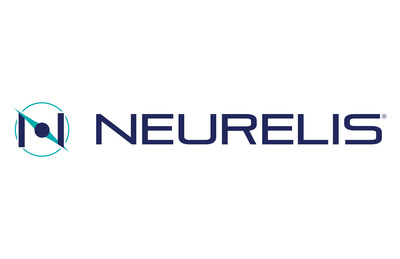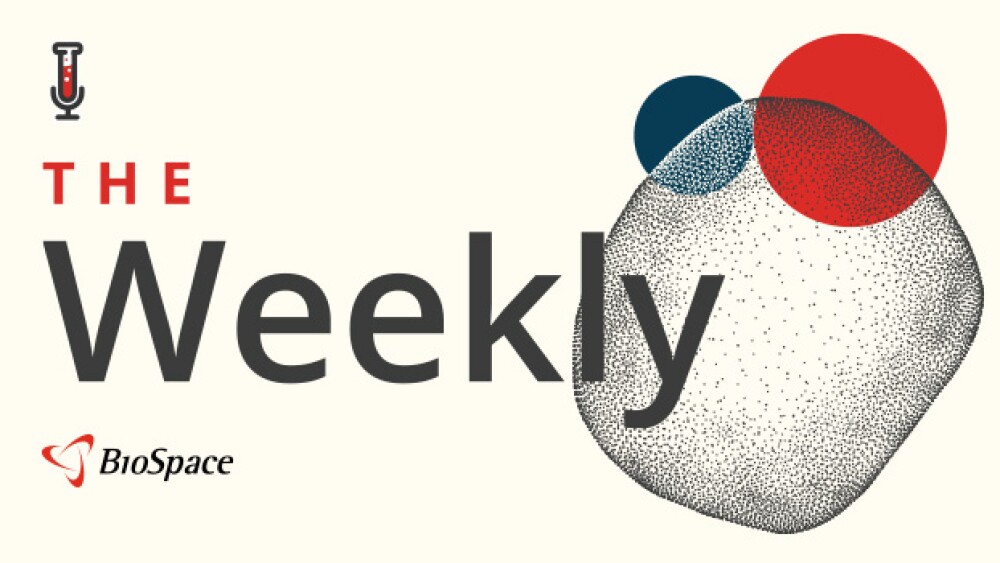Neurelis, Inc., announced the successful filing of its investigational New Drug (IND) application to the U.S. Food and Drug Administration (FDA) for NRL-1049, a Rho kinase (ROCK) inhibitor with a potential treatment for people living with cerebral cavernous malformations (CCM), a disease characterized by abnormally enlarged capillary cavities in the brain and spinal cord.
SAN DIEGO, Jan. 9, 2023 /PRNewswire/ -- Neurelis, Inc., announced the successful filing of its investigational New Drug (IND) application to the U.S. Food and Drug Administration (FDA) for NRL-1049, a Rho kinase (ROCK) inhibitor with a potential treatment for people living with cerebral cavernous malformations (CCM), a disease characterized by abnormally enlarged capillary cavities in the brain and spinal cord. “This is a significant milestone for Neurelis and represents an opportunity to further explore the clinical utility of NRL-1049 for the treatment of cerebral cavernous malformations,” said Adrian L. Rabinowicz, M.D., Neurelis SVP Clinical Development and Medical Affairs. “Following favorable preclinical study results, we are excited to advance our mission to introduce new treatment options for patients with critical unmet medical needs.” Following the IND filing, the Company plans to initiate a clinical study evaluating the safety of NRL-1049 in early 2023. An analysis of NRL-1049 preclinical data was presented at the Neuroscience 2022 Conference (San Diego, CA, November 12- 16, 2022), hosted by the Society for Neuroscience (SfN). The analysis showed that in two different animal models of brain injury, NRL-1049 protected the brain, possibly through maintaining the integrity of the blood-brain barrier through a decrease in ROCK2 activation. This protection was associated with lower rates of brain edema in both animal models. A lower seizure rate in the cold injury animals and decreased intracerebral hemorrhage in the model of stroke were also observed. “We are excited that the preclinical studies have shown that NRL-1049 is safe and efficacious in animal models,” said Enrique Carrazana, M.D., Neurelis Chief Medical Officer. “Based on the significance of these data, Neurelis is developing further studies in humans to assess the safety of NRL-1049 in the treatment of chronic and acute conditions that affect the functioning of the blood-brain barrier. If successfully developed and approved, NRL-1049 has the potential to provide relief to people suffering from CCMs.” Cerebral Cavernous Malformations CCMs are a disease characterized by abnormally enlarged capillary cavities, most commonly found in the cerebral cortex, brainstem, and spinal cord. CCMs can present as a single lesion or as multiple lesions. Depending on lesion size and location, CCMs can be “clinically silent” or can present with clinical symptoms ranging from headaches to focal neurological deficits, seizures, and cerebral hemorrhage. People afflicted with CCMs have limited treatment options, which include management of seizures through anti-epileptic drugs and surgical intervention to remove lesions (e.g., microsurgical resection, stereotactic radiosurgery). There are no FDA-approved therapeutic treatments for CCMs. Most cavernous malformations are conservatively managed by observing for changes in appearance, recent hemorrhages, or other clinical symptoms. About Neurelis Neurelis, Inc., is a commercial-stage neuroscience company focused on the development and commercialization of therapeutics for the treatment of epilepsy and orphan neurologic disorders characterized by high unmet medical need. In 2020, the FDA approved Neurelis’ VALTOCO® (diazepam nasal spray) as an acute treatment of intermittent, stereotypic episodes of frequent seizure activity (i.e., seizure clusters, acute repetitive seizures) that are distinct from an individual’s usual seizure pattern in adult and pediatric patients 6 years of age and older. VALTOCO is a proprietary formulation of diazepam incorporating the science of INTRAVAIL®. Intravail’s transmucosal absorption enhancement technology enables the noninvasive delivery of a broad range of protein, peptide and small-molecule drugs. In its approval of VALTOCO, the U.S. Food and Drug Administration also granted Neurelis Orphan Drug Exclusivity and recognized VALTOCO’s intranasal route of administration as a clinically superior contribution to patient care over the previously approved standard-of-care treatment (a rectal gel formulation of diazepam). For more information on VALTOCO, please visit http://www.valtoco.com/. In addition to VALTOCO, Neurelis is developing NRL-4 as a noninvasive rescue therapy to address the escalation of acute agitation symptoms associated with schizophrenia and bipolar 1 mania in adults. In addition, Neurelis is developing NRL-1049 (previously known as BA-1049), an investigational, phase 1, stage small molecule Rho kinase (ROCK) inhibitor, for the treatment of cerebral cavernous malformations (CCMS), a rare disorder of the central nervous system (CNS). For more information on Neurelis, please visit http://www.neurelis.com/. For the latest scientific information on VALTOCO, please visit http://www.neurelismedicalaffairs.com/. Important Safety Information about VALTOCO: Indication VALTOCO® (diazepam nasal spray) is indicated for the acute treatment of intermittent, stereotypic episodes of frequent seizure activity (i.e., seizure clusters, acute repetitive seizures) that are distinct from a patient’s usual seizure pattern in patients with epilepsy 6 years of age and older. WARNING: RISKS FROM CONCOMITANT USE WITH OPIOIDS; ABUSE, MISUSE, AND ADDICTION; and DEPENDENCE AND WITHDRAWAL REACTIONS
Contraindications: VALTOCO is contraindicated in patients with:
Central Nervous System (CNS) Depression Benzodiazepines, including VALTOCO, may produce CNS depression. Caution patients against engaging in hazardous activities requiring mental alertness, such as operating machinery, driving a motor vehicle, or riding a bicycle, until the effects of the drug, such as drowsiness, have subsided, and as their medical condition permits. The potential for a synergistic CNS-depressant effect when VALTOCO is used with alcohol or other CNS depressants must be considered, and appropriate recommendations made to the patient and/or care partner. Suicidal Behavior and Ideation Antiepileptic drugs (AEDs), including VALTOCO, increase the risk of suicidal ideation and behavior. Patients treated with any AED for any indication should be monitored for the emergence or worsening of depression, suicidal thoughts or behavior, and/or unusual changes in mood or behavior. Glaucoma Benzodiazepines, including VALTOCO, can increase intraocular pressure in patients with glaucoma. VALTOCO may only be used in patients with open-angle glaucoma only if they are receiving appropriate therapy. VALTOCO is contraindicated in patients with narrow-angle glaucoma. Risk of Serious Adverse Reactions in Infants due to Benzyl Alcohol Preservative VALTOCO is not approved for use in neonates or infants. Serious and fatal adverse reactions, including “gasping syndrome,” can occur in neonates and low-birth-weight infants treated with benzyl alcohol-preserved drugs, including VALTOCO. The “gasping syndrome” is characterized by central nervous system depression, metabolic acidosis, and gasping respirations. The minimum amount of benzyl alcohol at which serious adverse reactions may occur is not known. Adverse Reactions The most common adverse reactions (at least 4%) were somnolence, headache, and nasal discomfort. Diazepam, the active ingredient in VALTOCO, is a Schedule IV controlled substance. To report SUSPECTED ADVERSE REACTIONS, contact Neurelis, Inc. at 1-866-696-3873 or FDA at 1-800-FDA-1088 (www.fda.gov/medwatch). Please see full Prescribing Information, including Boxed Warning, for additional important safety information. Contacts: Neurelis: Media:
SOURCE Neurelis, Inc. |





